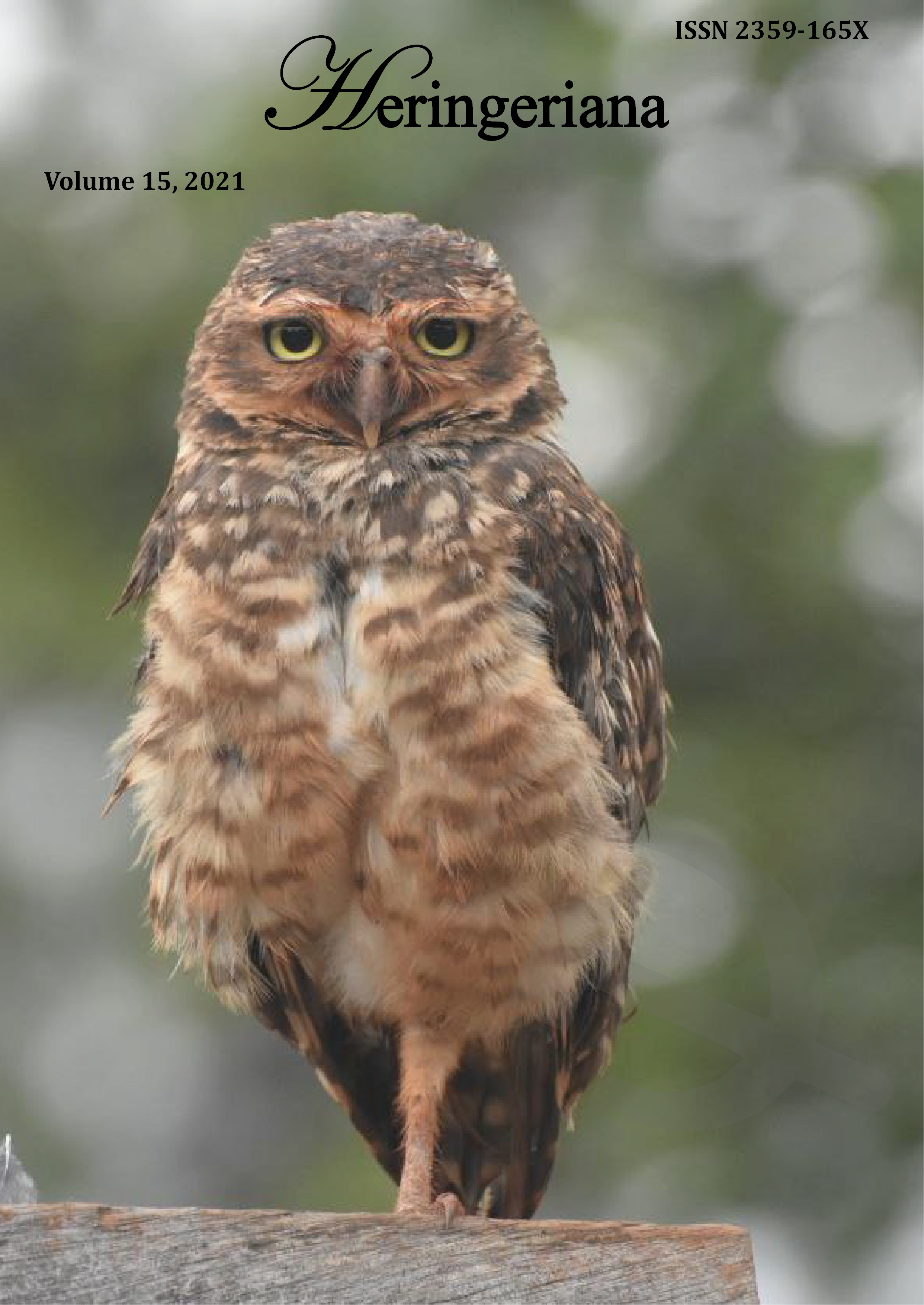Allelopathic activity of Hymenaea stigonocarpa rhizosphere on the initial growth of invasive and cultivated species, and evaluation of allelopathic potential of root extracts
DOI:
https://doi.org/10.17648/heringeriana.v15i1.917954Keywords:
invasive species, phyotoxicity, rhizosphereAbstract
The Cerrado is a global biodiversity hotspot and has been suffering from the expansion of areas for agriculture and livestock. More than half of its area has been deforested and altered by anthropic action, including the introduction and / or expansion of exotic plants with invasive potential. Currently, numerous exotic species have become invasive of natural Cerrado physiognomies. Seeking to mitigate this invasive process, the use of native species that inhibit the development of invasive plants and, at the same time, can be used for revegetation of degraded areas represents a promising strategy. Thus, this study evaluated the allelopathic potential of the rhizosphere of Hymenaea stigonocarpa seedlings on the germination and initial growth of the invasive (Panicum maximum and Ipomoea grandifolia) and cultivated (Sesamum indicum) species planted in soil previously occupied by seedlings of H. stigonocarpa. In addition, the phytotoxic effect of the aqueous extract of its roots was evaluated on the elongation of Triticum aestivum coleoptiles. The soil previously occupied by H. stigonocarpa seedlings significatively reduced germination and/or initial growth of the target species in comparison to the control (untreated soil). Growth inhibition varied from 31 to 85% for seedlings of S. indicum and P. maximum, while seeds of I. grandifolia did not germinate in the treated soil. The elongation of T. aestivum coleoptiles was not affected by the root extract. The results suggest potential allelopathic activity of this native species on weeds, indicating its use as a strategy in the recovery processes of degraded areas of the Cerrado with the benefit of controlling the development of invasive plants.
Downloads
Published
How to Cite
Issue
Section
License
Copyright (c) 2021 Sophia Motta Grossi, Natália Mendes Gomes Magalhães, Sarah C. Caldas Oliveira, Anabele Stefânia Gomes, Fabian Borghetti

This work is licensed under a Creative Commons Attribution 4.0 International License.
By submitting, the authors declare that they have not submitted the work to another journal and agree to have their article published under a Creative Commons Attribution 4.0 International BY License (CC BY 4.0), which means that authors retain ownership of the copyright but anyone can use the published content provided the original authors and source are cited. The scientific, orthographic and grammatical content is the full responsibility of the authors.








